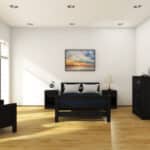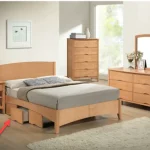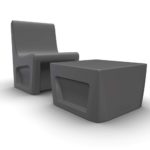Contract Furniture Trends

A Review of Contract Furniture Trends
As they say, necessity is the mother of invention. Trends in the contract furniture industry saw some exciting innovation in the field of furniture designed for health care environments:
With a growing aging population experiencing issues related to limited mobility and incontinence, manufacturers have begun looking closely at the design and function of furnishings.
New for todays contract furniture is an increasing array of seating pieces with enhancements like:
- Firmer seats to ease sit-to-stand mobility.
- Pop-out seats to encourage fluid flow away from seated people and prevent fluid pooling on furniture – fluids flow to floor for easy clean-up with mop. Ideal for incontinent environments.
- Urethane fabrics that are soft, pliable, puncture-resistant and fluid-resistant.
- Increasing numbers of fluid-resistant fabrics, vinyls and fabric treatments methods that are fashion-forward and affordable.
Behavioral and mental healthcare furnishings have also experienced some advancement with designs that make safety of clients and staff a priority.
- Open design bedroom storage pieces can prevent the hiding of contraband items protect staff but still provide a home-like look that encourages healing. Also, bedroom pieces have been modified to minimize places that can be used for suicide attempts by hanging.
New for the summer camp and conference center industries:

- Bunk beds engineered with fewer labor requirements to allow a reduced selling price while maintaining the rugged durability required to withstand years of campers.
- For those camps and conference centers trying to appeal to adult and family patrons, queen-over-twin or full-over-twin bunks have hit the market and have proven to be a great solution for creating facilities that appeal to a broader base of consumers.
Companies like Furniture Concepts have over 25 years of designing and building furniture specifically for group homes, behavioral healthcare facilities, sober living, camps, addiction recovery centers, transitional housing, and more. Their experts can provide recommendations, fabric and finish samples, space layouts, and budgeting information with no cost or obligation.

















